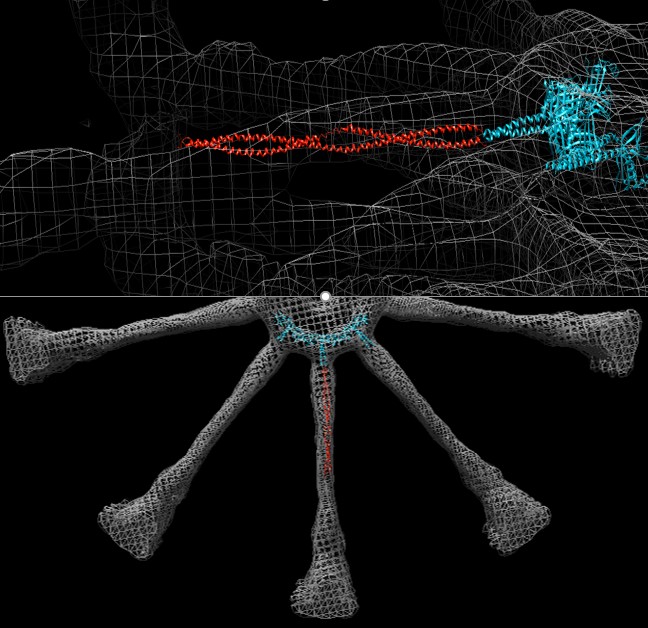 When I started looking at possible summer lab placements, I wanted to carry out a placement in Oxford that would be similar to the 4th year of my Biochemistry degree, which would involve a project in a professional lab environment.
When I started looking at possible summer lab placements, I wanted to carry out a placement in Oxford that would be similar to the 4th year of my Biochemistry degree, which would involve a project in a professional lab environment.
For 8 weeks I carried out a summer lab placement in Prof. John Vakonakis’ group in Oxford. Prof. Vakonakis and his group have spearheaded recent efforts to understand centriole assembly at the atomic level. Centrioles interest me, as they are organelles responsible for many fundamental cellular processes due to their role in organising microtubules. Examples of such processes include defining the poles of the mitotic spindle and template the formation of cilia and flagella. Hence, centrioles are crucial for signalling, sensing, cell motility and intracellular transport. The molecular basis of numerous human diseases is rooted in errors of centriole assembly. The appeal of this project is in helping to unravel the mechanisms of the assembly of the centrioles, which, in turn contributes to further the understanding of the causes of these errors.
Prof. Vakonakis and his group established a single protein, SAS-6, as a key factor in determining the overall symmetry of centrioles. Unpublished work using electron tomography established that SAS-6 rings form similarly periodic stacks in vitro that are maintained by dimerization of the SAS-6 coiled-coils. However, how these interactions define the periodicity of the SAS-6 stack remains unclear.
During the lab placement I engaged in preliminary research that involved reconstituting and characterising interactions between SAS-6 coiled-coils in vitro. This project gave me the opportunity to further my understanding of techniques described in lectures, but are not carried out in the teaching labs, such as in the preparation of recombinant SAS-6 coiled-coils in E. coli, the lysis and purification process of SAS-6 as well as the biophysical methods I used (analytical chromatography, Circular Dichroism, SEC-MALS) to characterise the interactions in different buffers in order to determine the factors causing dimerization of the SAS-6 coiled-coils.
At the end of my project I had to present my findings which gave me further practice for latter part of my degree and brainstorm with my post-doctorate supervisor about where the project could be continued in the future by Prof. Vakonakis and his group. I thoroughly enjoyed my time working in a professional lab environment and I feel more informed now about the lifestyle and expectations for my fourth year project.
By James Nugent (Third Year Biochemist)
The images are two different perspectives of an electron density map of the central hub of a centriole. The protein James was working on is highlighted in red.
The Brasenose Annual Fund, which provided financial assistance for James' lab placement costs, exists to fund student research, extracurricular activities, and educational and personal development. Read more about Biochemistry at Brasenose.
